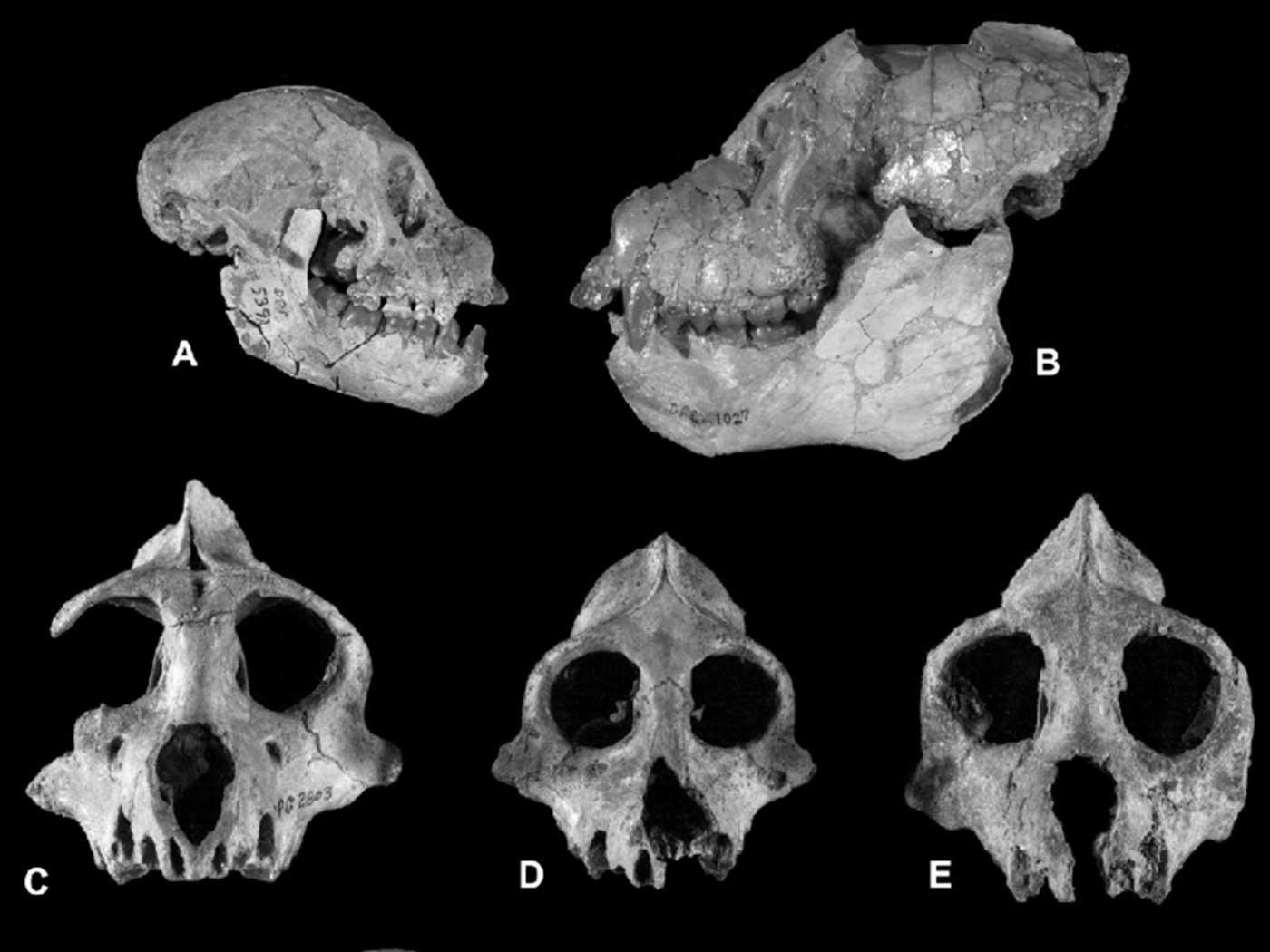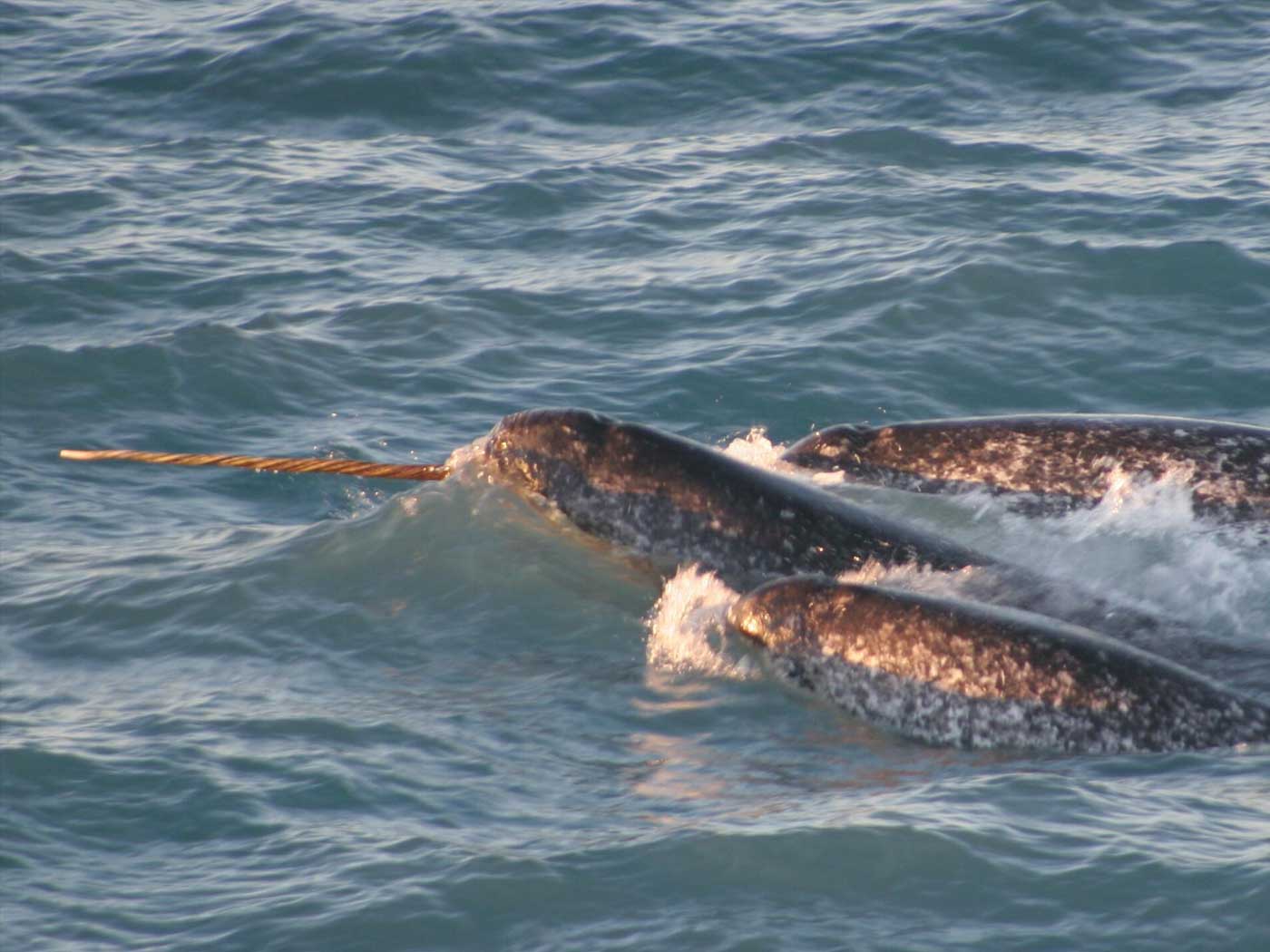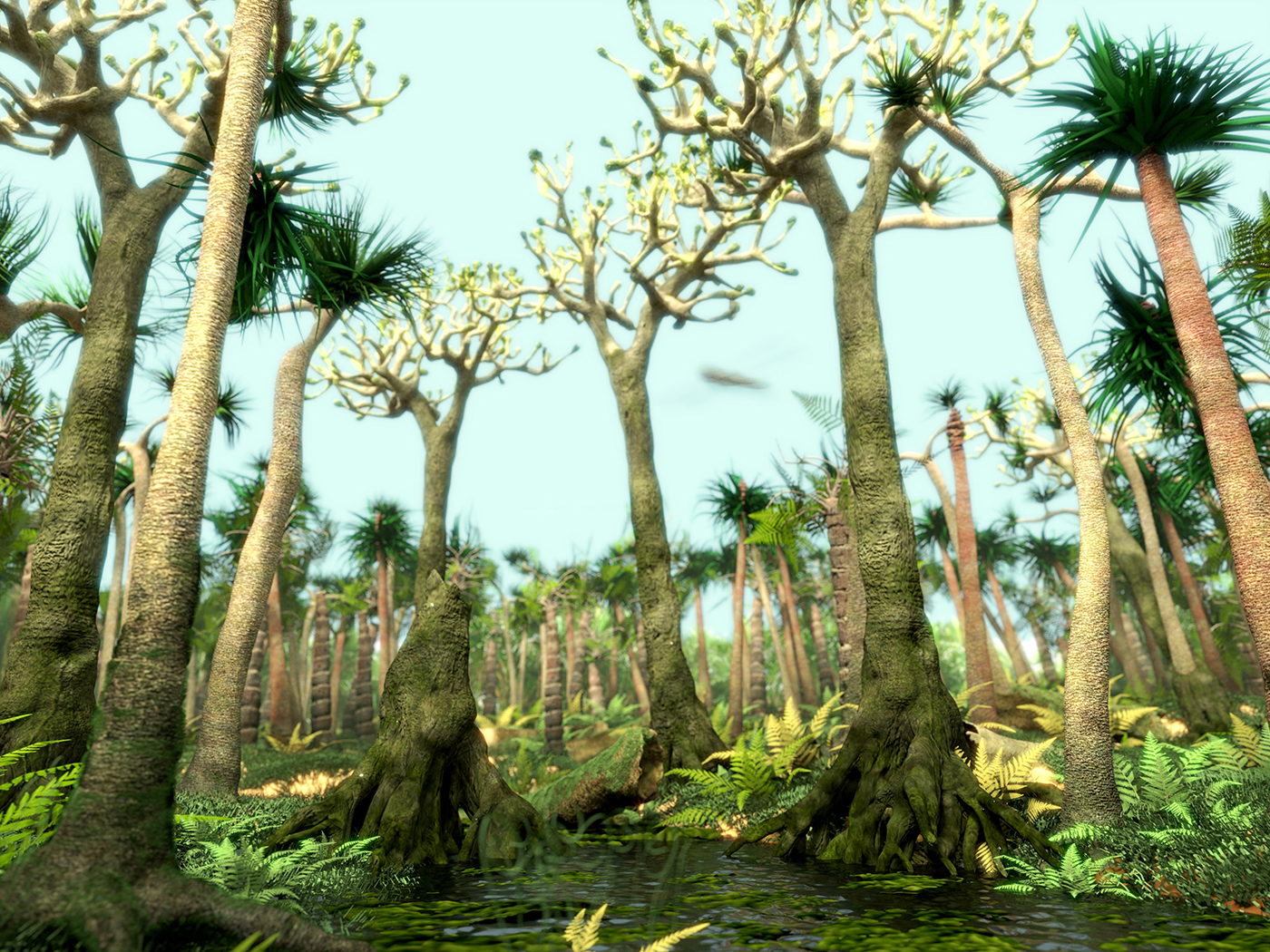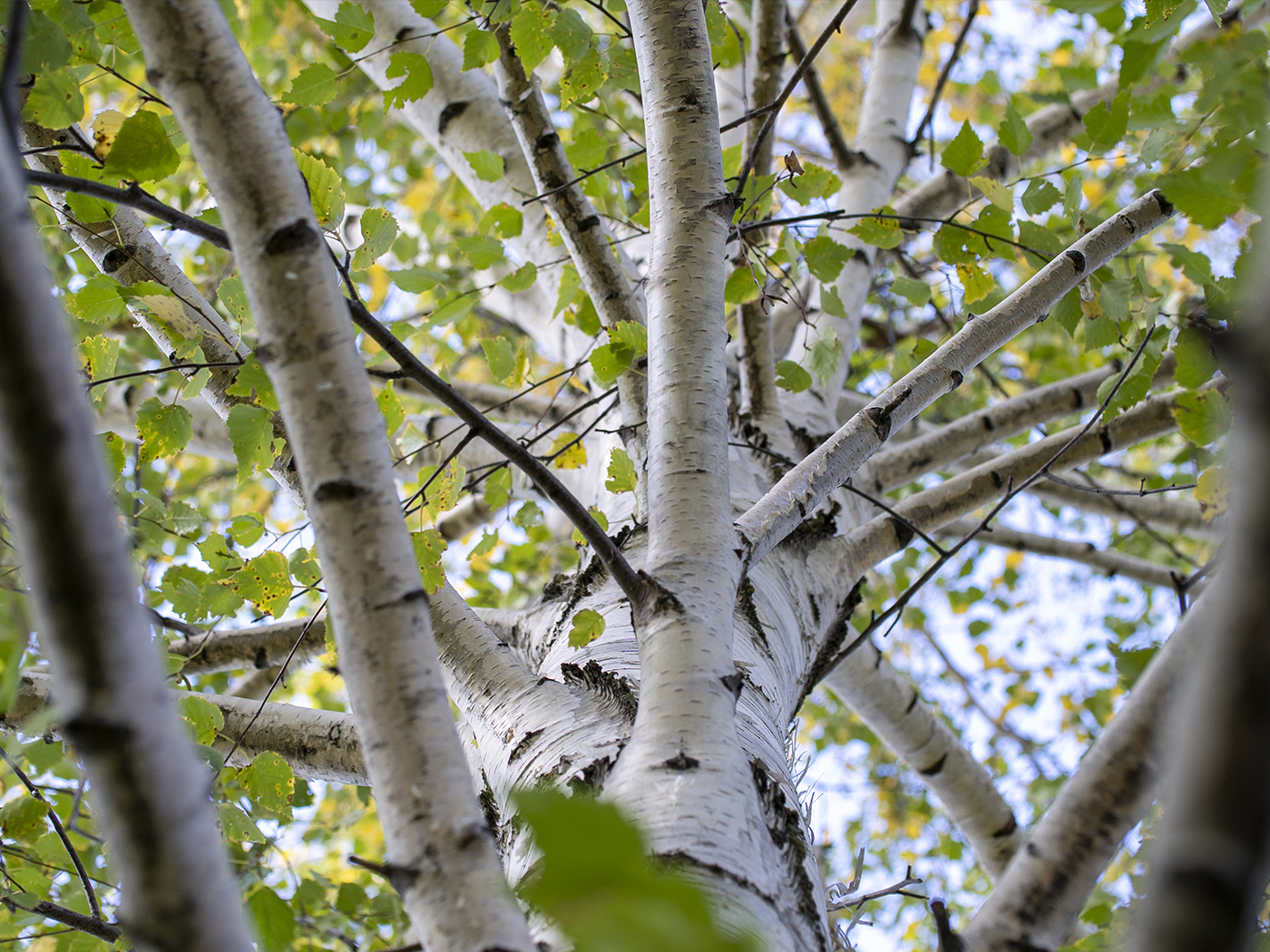The life cycles of fig trees and fig wasps are so closely intertwined, they look like they were made for each other. If this is true, then their fossils would be quite similar to modern forms, showing no history of imagined evolutionary past. And recent research on a fig wasp fossil shows exactly that.
The ancient insect impression was discovered in the 1920s on the Isle of Wight, which is located in the English Channel, but it has only recently been studied in detail. Initially misidentified as an ant, it was the subject of a study published in Biology Letters conducted by University of Leeds researcher Steve Compton, whose "main study system over the years has been fig trees and their associated animals, particularly the fig wasps that pollinate them."1 He gave his assessment of the newly identified wasp fossil in a university report:
What makes this fossil fascinating is not just its age, but that it is so similar to the modern species. This means that the complex relationship that exists today between the fig wasps and their host trees developed more than 34 million years ago and has remained unchanged since then.2
The wasp and fig relationship is an example of "obligate mutualism," in which each organism depends on and would eventually die without the other. As the fig fruit develops, its central chamber contains many small flowers inside, where fig wasps also spend much of their lives.
When a female fig wasp hatches from her egg, she is nourished by the fig seeds. Upon maturation, she mates with a male wasp that is also located in the "fig condominium" and then gathers pollen into specialized recessed sacs. The male digs a tunnel out the side of the fig and then dies, freeing the female to escape and seek another fig tree of the same species.
When she finds a new young fig, the wasp squeezes her way in through an opening so small that her antennae and wings are often torn off in the process. Specialized backward barbs under her "chin" aid her difficult progress into the fruit. Meanwhile, the fig presents female flowers near to the entrance so that the wasp's pollen fertilizes them on her way in. After depositing her eggs, the wasp secretes growth factors that stimulate fig tissue growth in the tiny flowers that harbor her eggs, providing the larvae with food. This way, both figs and fig wasps achieve a new generation.
The maturing fig thus not only provides a place of incubation for the incipient fig wasp larvae, but also a source of nourishment. But what keeps the fig seeds from all being consumed by the larvae, which would be fatal to both species since it would prevent the development of future generations?
The answer is elegantly simple. The female's slender ovipositor (egg-laying organ) is exactly long enough to deposit eggs into short flowers but not long enough to reach into longer flowers in the fig. Those flowers can then mature into fig seeds to make future fig trees.
Compton's study provides yet another example of what those who study fossils call "stasis," which describes the stability of creatures' body forms wherever they are found--even among living representatives. This is not expected in an evolutionary world, where trees and wasps supposedly underwent long periods of evolutionary progress separately. How or why would "nature" ever have brought these two together, much less somehow equipped both fruit and insect with the exact features needed for their mutual dependence?
According to the creation model, such life forms came into existence at one time during the same week of creation, so one might expect to see very different species living in interdependence with one another. From the perspective of biblical creation, interdependent systems like this display the wisdom and glory of the Creator, who specifically outfitted His creatures with all that would be needed for life.
References
- Dr. Steve Compton. Faculty of Biological Sciences, University of Leeds. Accessed on www.fbs.leeds.ac.uk June 16, 2010.
- World's oldest fig wasp fossil proves that if it works, don't change it. University of Leeds press release, June 15, 2010, reporting on research published in Compton, S. G. et al. Ancient fig wasps indicate at least 34 Myr of stasis in their mutualism with fig trees. Biology Letters. Published online before print June 16, 2010.
* Mr. Thomas is Science Writer at the Institute for Creation Research.
Article posted on June 29, 2010.
























